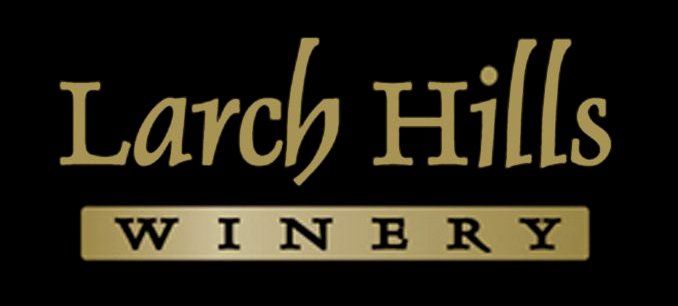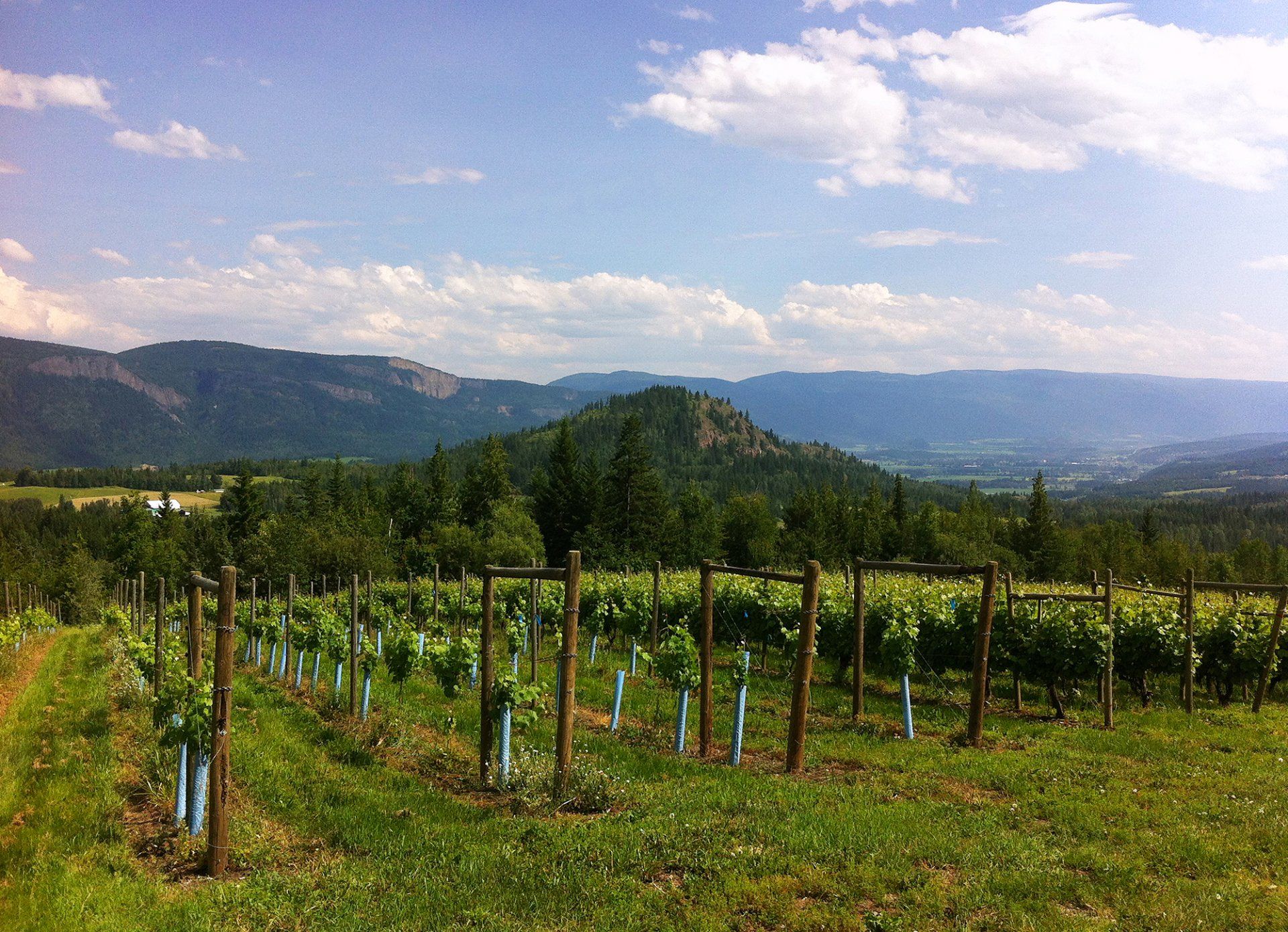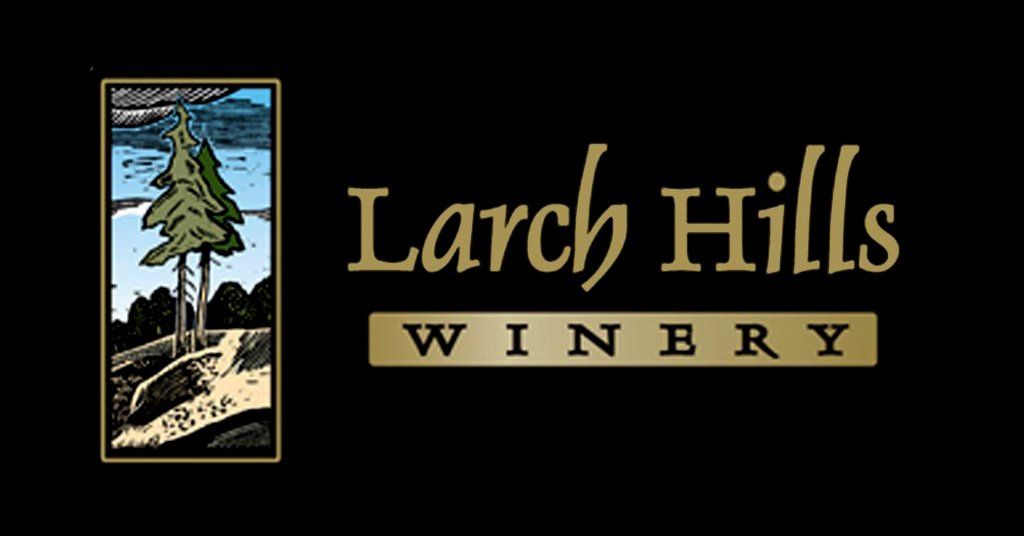Larch Hills Wine Grapes
We use only our finest selection of grapes for the best quality wine taste.
Our Wine Grapes
“Ortega” sounds Spanish, doesn’t it? But the grape is German. The grape was developed in 1948 by Dr. Hans Breider in Würzburg, Germany, a cross between Sieggerrebe and Muller Thurgau. Dr. Breider chose to name the variety in honour of the Spanish philospher and poet José Ortega y Gasset, of whom he was a great admirer. Ortega ripens early, is not sensitive to frost and reaches quite high must weights, typically 20 degrees Oechsle higher than Müller-Thurgau. It is used in both varietal and blended wines and shares organoleptic similarities with Muscat, displaying grapey aromas and overt floral scents. What Ortega lacks in acidity, it makes up for in sugar levels, making it a good choice for cool-climate regions. Here, flabbiness is easily avoided, and a hardiness to the cold means it can withstand tough winters.
One of the most prominent early-ripening grape varieties is the Madeleine Angevine. This white grape variety is often used for winemaking and it is also served as table grapes. The Madeleine Angevine finds its home at diverse regions of England, Canada and Central Asia. Culturally and geographically, this grape variety can live in the most extreme conditions, particularly in the lands of Kyrgyzstan. It was in the middle of the 19th century when the breeding was mixed. The Madeleine Angevine accepted qualities from its parent grapes, Circe and Madeleine Royale. These have long been used to be parents for other crossings including the Noblessa (along with Sylvanber), the Siegerrebe and the Reichensteiner which is commonly mixed with Muller-Thurgau.
Siegerrebe is a pink/red-skinned grape variety used in the production of white wines, often with extraordinary must weights. Literally translated from its native German, Siegerrebe means “champion vine” or “victory vine”. The name is a reference to Siegerrebe’s ability to produce record-breaking must weights, though such wines can be overwhelming and are better suited to the record books than the dinner table.
The variety was created in Rheinhessen in 1929 from a crossing of Gewürztraminer and Madeleine Angevine, though there is a certain degree of conjecture regarding Siegerrebe’s exact parentage. It was not officially released until 1958 and was almost immediately used to beef up Rieslings from poor vineyards. Since the start of the new millennium, Siegerrebe cultivation has fallen in Germany and the variety is now largely confined to Canada and England. The variety is typically produced as an off-dry to lusciously sweet wine.


